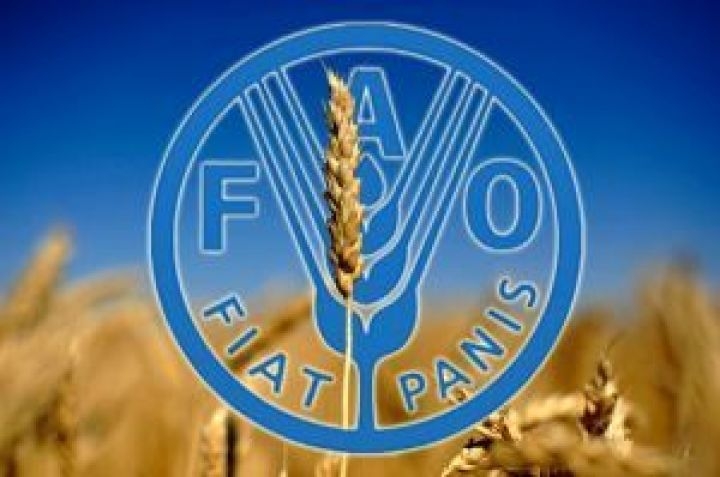The FAO food price index decreased in July, but is above last year's level

The average value of the FAO Food Price Index fell for the fourth consecutive month and fell by 8.6%, or 13.3p, to 140.9p in July compared to June, although this was down 13.1%, or 16.4p. exceeds the index of July 2021. The July decrease was the largest since October 2008 due to a sharp decrease in the price indices for vegetable oils and grains, as well as a drop in the prices of sugar, meat and dairy products.
The FAO cereal price index in July decreased relative to June by 11.5% or 19.1 points to 147.3 points, which is 16.6% or 21 points higher than in July 2021. Against the background of increased supply as harvesting in the Northern Hemisphere and the resumption of exports from Ukrainian seaports, world wheat prices fell by 14.5% in July, but are still 24.8% above last year's level. Prices for fodder grains decreased by 11.2%, but are 12.1% higher than last year. Corn prices fell by 10.7% against the background of the unblocking of Ukrainian ports and increased offers from Argentina and Brazil, where harvesting is ahead of last year's pace. Prices for sorghum fell by 12.8%, for barley - by 12.6%, and for the first time since the beginning of the year, prices for rice fell against the background of unstable demand and exchange rate fluctuations in exporting countries.
FAO's vegetable oil price index fell 19.2%, or 40.7p, to a 10-month low of 171.1p in July. Palm oil prices fell for a fourth consecutive month on expectations of increased supply in Indonesia, while soybean and canola oil is falling in price against the background of low demand and forecasts of a large harvest. Despite the uncertainty with logistics in the Black Sea region, sunflower oil prices fell significantly under the pressure of reduced demand. Oil markets are also being pressured by the decline in crude oil prices.
The FAO dairy price index in July decreased by 2.5% or 3.8 points to 146.4 points, which is 25.4% or 29.7 points higher than in July 2021. Skimmed milk powder fell in price the most , whole milk powder and butter amid weak demand in Europe, where the summer vacation period has begun. Buyers have stockpiled, which, along with falling demand from China and high dairy prices, has collapsed spot demand and, as a result, prices. At the same time, cheese prices remained stable, as increased sales in tourist countries compensated for low demand in world markets. Despite low trade volumes, limited supply keeps dairy prices high.
The FAO Meat Price Index fell 0.5%, or 0.6p, to 124p for the first time after a six-month rise in July. World lamb prices collapsed amid increased Australian export capacity and reduced import demand. World beef prices fell due to increased exports by major producing countries, while pork prices remained stable as weak demand offset a limited supply of hogs for slaughter, particularly in the US. Prices for poultry meat, despite the increase in exports from Ukraine, reached a record level against the background of stable demand and reduced supply due to the outbreak of bird flu in the Northern Hemisphere.
FAO's sugar price index fell for a 3rd month in a row, falling 3.8% or 4.4p in July to a 5-month low of 112.8p. Prices are under pressure from forecasts of a slowdown in demand due to a global economic slowdown in 2022 , the weakening of the Brazilian real against the dollar and falling ethanol prices caused Brazil's sugar production to rise more than expected in July. The market is under pressure from a possible increase in exports from India and forecasts of significant production for the current season, but heat and drought in the EU are keeping prices from falling further.


